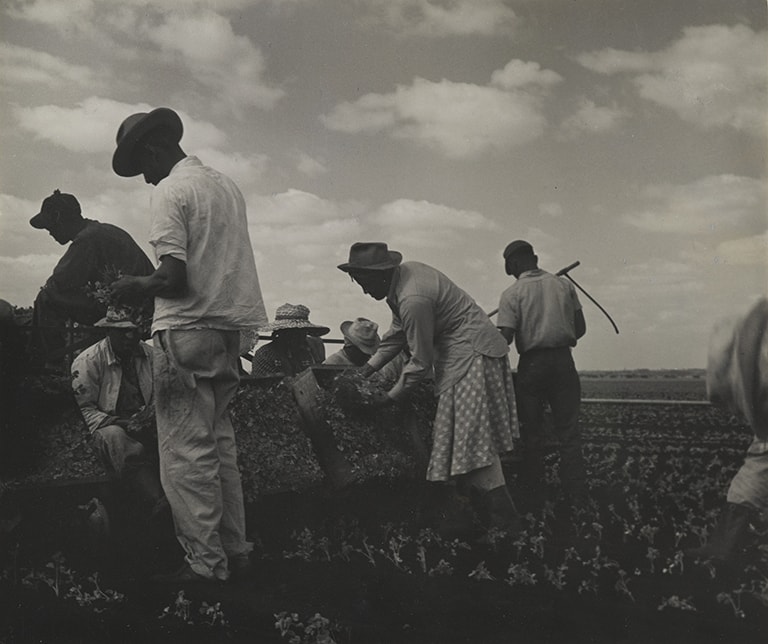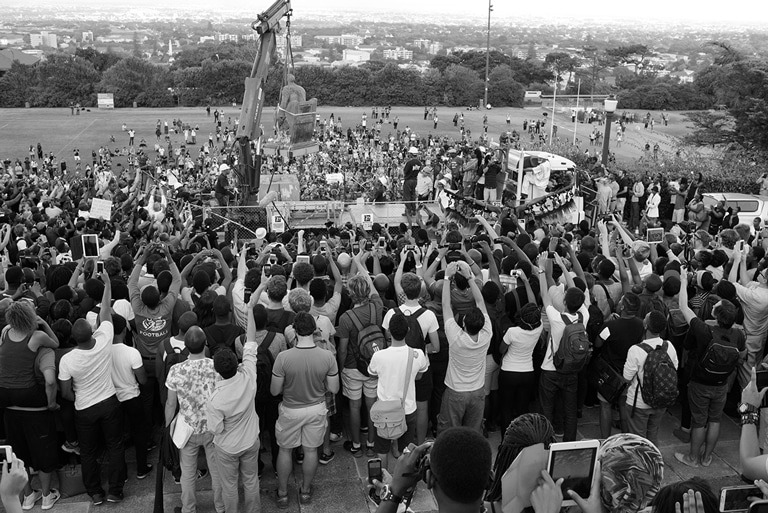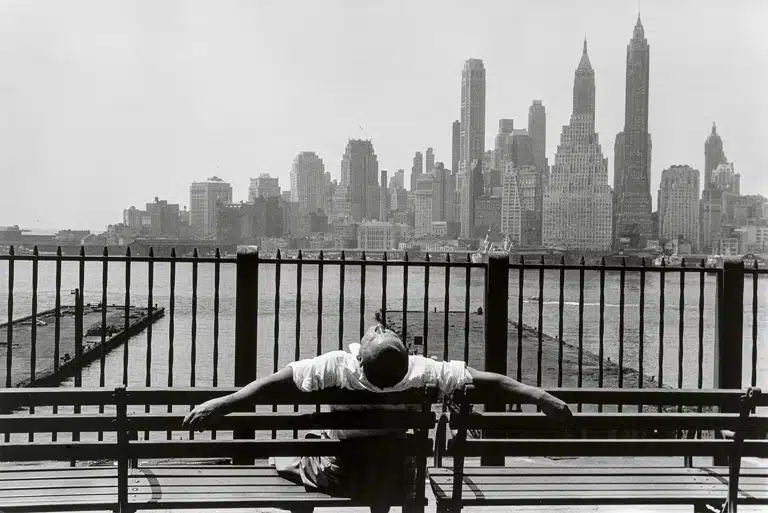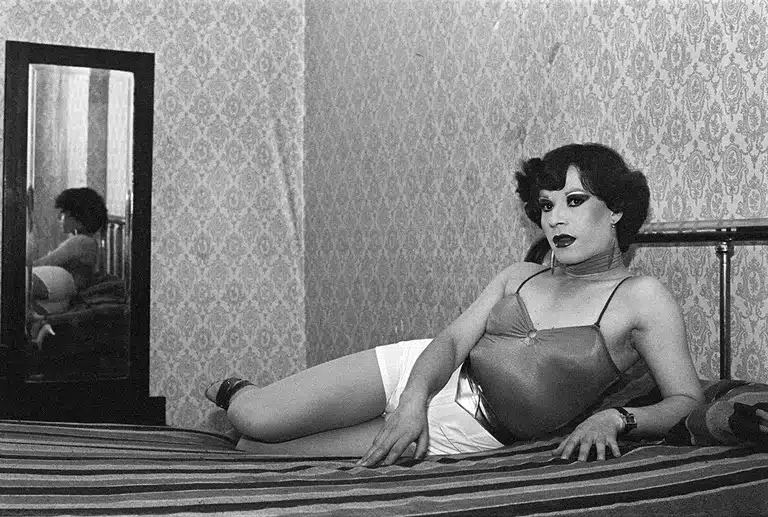Giacometti: The Playing Fields
JUN.13.2013 ──────── AUG.04.2013
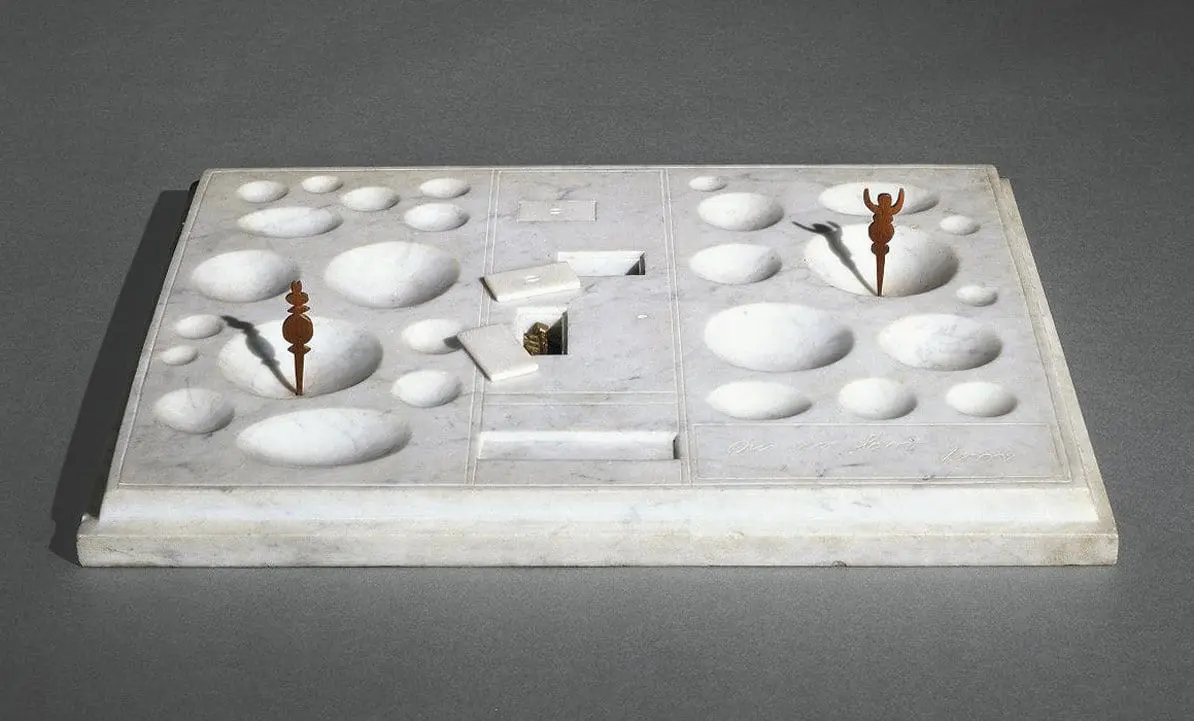
No More Play, 1931-1932
Marble, wood and bronze
National Gallery of Art, Washington, DC, donated by the Patsy R. and Raymond D. Nasher Collection, Dallas, Texas, to commemorate the 50th anniversary of the National Gallery of Art
Exhibition
JUN.13.2013 ── AUG.04.2013
Location
Recoletos Exhibition Hall
Paseo Recoletos 23, 28004 Madrid
The exhibition explained how Giacometti conceived of sculpture and the spatial relationship his works had with each other and the artist himself. The exhibition provided an overview of the life and work of the Italian sculptor, offering insight into the mental and emotional processes that informed the artist’s work in his studio.
The exhibition, produced jointly by Fundación MAPFRE and HAMBURGER KUNSTHALLE of Hamburg, brought together close to 190 pieces. These included sculptures, paintings, drawings, etchings and photographs from 32 prestigious public and private international collections, most notably, Kunsthaus Zürich – Alberto Giacometti-Stiftung, the National Gallery of Washington, MoMa (New York), the Tate (London), the National Gallery of Scotland (Edinborough), MNAM Centre Georges Pompidou (Paris) and Hamburger Kunsthalle (Hamburg), among others.
The exhibition
The exhibition offered a comprehensive vision of the Italian artist’s work, starting with his first sculptures, heavily influenced by the tribal art of Africa and Oceania, and continuing with his flat sculptures, of such great inspiration to the surrealists.
At the beginning of the 1930s, Giacometti created, within the framework of his connection to surrealism, horizontal sculptures conceived as models of places. Because of their size and nature, these groundbreaking works call to mind game boards on which the sculptor “plays” both with the placement of different elements on a plate that joins them and, in the artist’s own words, with the “movements of these interrelated pieces”. In these works, Giacometti developed, as in a model, his idea of “sculpture as place”, a playing field where the artist explores the connections between art, life and death.
Starting with these early investigations, the exhibition explored the visionary works that the Italian artist created for monumental squares in which the spectator is included as another game piece.
The exhibition also allowed us to rediscover his famous post-war grouped sculptures where different spaces and times confront each other on a single bronze plate. In addition, the exhibition invited us to step into Giacometti’s workshop, a kind of 60-foot-long playing field that the artist turned into a testing ground to dramatize his creations spatially.
The show concluded with Giacometti’s great artistic legacy, the world-famous group of three-meter-high figures that he designed for Chase Manhattan Plaza in New York, including Walking Man and Tall Woman. In this way, the exhibition became a game board for the spectator as well.
